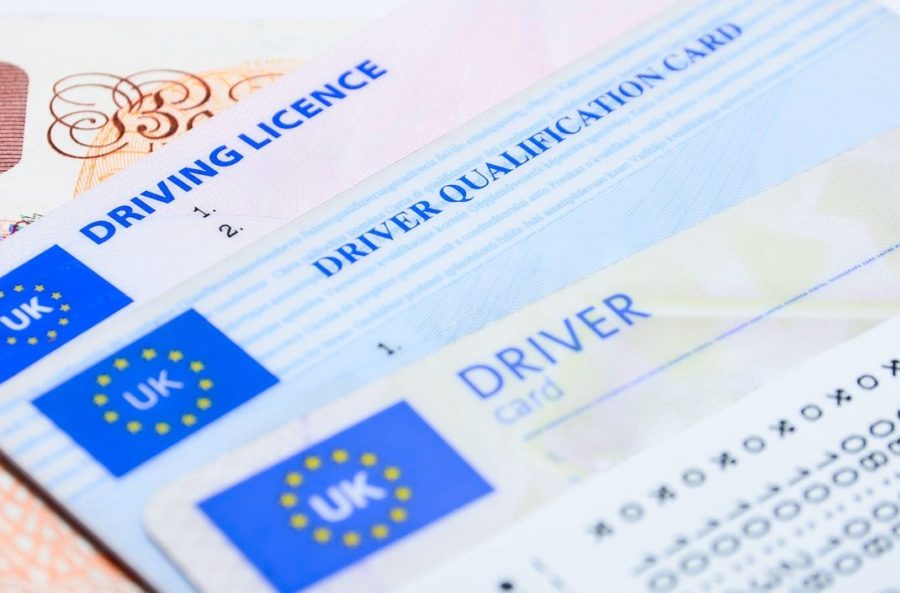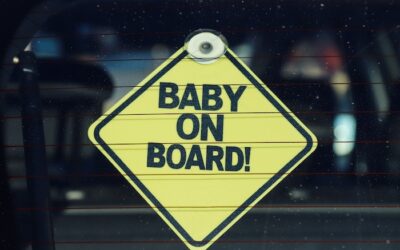Whether you’ve recently got your licence, or you’re still learning to drive, you might have wondered about the numerous driving licence categories and codes that are available. What do they mean?

In short, driving licence categories indicate the sort of vehicles you’re allowed to drive with that specific licence. Meanwhile, driving licence codes tell you what conditions you must meet to drive. The categories and codes that apply to you will be listed in a table on the back of your driving license.
Driving Licence Categories: Your Essential Guide
In total, there are 26 driving licence categories, covering everything from mopeds (Category AM) to buses (Category D). There’s also a handful of other categories covering more specialist vehicles, such as agricultural tractors (Category f) and even lawnmowers (Category k).
Unless you’re looking to work in a certain industry, such as haulage or farming, it’s very likely that you’ll spend most of your driving life behind the wheel of a car. In which case, all you really have to worry about is Category B.
When did you pass your driving test? If it was before 1 January 1997, a Category B driving licence allows you to drive a vehicle and trailer with a combined weight of up to 8,250kg. You’re also allowed to drive a minibus.
If you passed your test on or after January 1 1997, the laws are slightly different. In this case, a Category B driving licence allows you to drive vehicles of up to 3,500kg with up to 8 passenger seats, and with a trailer of up to 750kg. This is why you’re usually allowed to drive a van with most Category B driving licences, as they cover any vehicle weighing up to 3,500kg. That’s 3.5 tonnes, so most vans are covered.
There’s a complete breakdown of the various driving licence categories on the Government’s website. Even if you think you’ll only ever drive Category B vehicles, it’s still worth giving it a read. There are a few specific rules for Category B licences covering things like disabled drivers, and whether you drive manual or automatic.
Driving Licence Codes: A Brief Overview
The codes printed on the back of your driving licence indicate the conditions you must meet before you’re legally allowed to drive.
There are around 50 driving licence codes. The simplest is 01 – eyesight correction. If this is on your licence, it simply means that you can’t legally drive unless you’re wearing your glasses or contact lenses. Similarly, 02- hearing/communication aid is the same deal, but for hearing.
Some driving licence codes are specific to certain vehicles, which is where things can get a bit complicated. For example, there are 12 separate codes for code 44, each referring to certain modifications to motorbikes.
Some codes indicate that specialist training courses are required before you can drive a certain type of vehicle. Others are highly specific. For example, 101 indicates that you cannot drive a certain vehicle type “for hire or reward”. Presumably this is to stop people from starting their own private taxi firms.
Take a look at the complete list of driving licence codes on the Government’s website.
Do You Know What the Codes on Your Driving Licence Mean?
If you drive a vehicle that’s not covered by the categories and codes on your licence, you risk hefty fines and a number of points on your licence.
If you’re not sure what’s covered by your licence, there’s a handy service on the Government’s site that’ll let you know. Just fill in your driving licence number, your National Insurance Number and the postcode on your driving licence, and you’ll get a good rundown of what codes and categories apply to you.
But no matter what it says on your licence, it will always be illegal to drive without car insurance!
Make sure you’re covered with a comprehensive car insurance policy that suits your needs.



